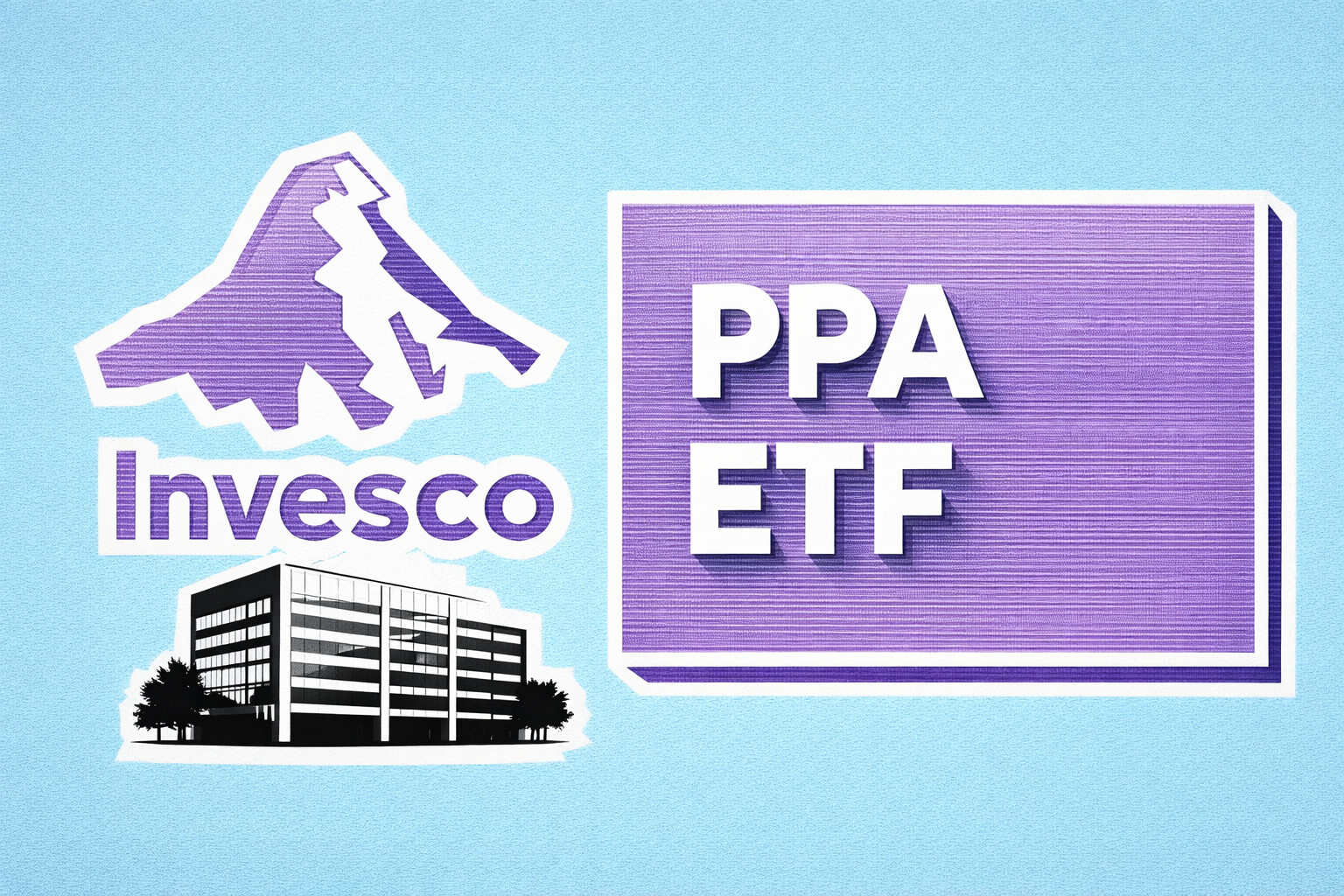
Federal Funding Boosts US Digital Connectivity and Household Stability
US Federal Funding: A Beacon of Stability for Households Amid Economic Challenges
The U.S. Treasury Department has recently greenlit the allocation of federal funds for an array of community facility projects and broadband infrastructure endeavors in both Delaware and Idaho. This financing is part of the American Rescue Plan’s Capital Projects Fund (CPF), an integral component of President Biden's Investing in America agenda. The CPF aims to magnify economic opportunities and bridge the digital divide in underserved communities. Up to this point, this program has been instrumental in bringing affordable, high-speed internet to approximately 17 million American households.
Deputy Secretary of the Treasury, Wally Adeyemo, underscored the importance of digital connectivity as a linchpin for broadening economic opportunities nationwide. The Biden-Harris Administration views this funding as a vital part of their overarching efforts to extend access to high-speed internet to millions of Americans, thereby enabling their full participation in the 21st-century economy.
Governor Carney of Delaware lauded the opportunity provided by the ARPA capital funds to construct a more promising future for the next generation of Delawareans. The capital projects that have been announced are designed to enhance economic opportunities for Delaware families, channel resources to ensure access to quality education for children, and make substantial investments in communities, particularly those that have been hardest hit by the COVID-19 pandemic.
Senator Tom Carper, who played a crucial role in the American Rescue Plan's provisions, emphasized how the funds will bolster organizations that work tirelessly to uplift families in Delaware. These organizations, which provide a range of services including shelter, veteran services, substance abuse treatment, job training, and after-school activities, will be better equipped to fulfill their missions.
These sentiments were echoed by U.S Senator Chris Coons and Representative Lisa Blunt Rochester, who both anticipate tangible improvements in the lives of Delawareans as a result of these projects.
The CPF is a $10 billion fund available to states, territories, freely associated states, and Tribal governments to finance critical capital projects that support work, education, and health monitoring. Alongside this, many governments are directing a portion of their State and Local Fiscal Recovery Funds (SLFRF) towards achieving the Biden-Harris Administration’s objective of connecting every American household to affordable, high-speed internet. This initiative, in conjunction with the Bipartisan Infrastructure Law and the American Rescue Plan programs, forms part of a coordinated effort to eliminate the digital divide.
In accordance with Treasury Department guidance, each state's plan requires service providers to participate in the Federal Communications Commission’s (FCC) Affordable Connectivity Program (ACP). Funded by President Biden’s Bipartisan Infrastructure Law, the ACP ensures that households can afford high-speed internet by providing a monthly discount of up to $30 (or up to $75 for eligible households on Tribal lands). It is estimated that nearly 40% of U.S. households qualify for this program.
In efforts to further reduce costs, the Administration secured commitments from 20 leading internet service providers, covering more than 80% of the U.S. population, to offer all ACP-eligible households high-speed, reliable internet plans for no more than $30 per month.
Meanwhile, American households have been displaying indications of escalating financial stress, with credit card balances not declining as expected at the beginning of the year and delinquencies rising for most types of consumer loans. A recent report from the Federal Reserve Bank of New York revealed that households accrued $148 billion in overall debt, bringing the total to $17.05 trillion, which is $2.9 trillion higher than just before the pandemic.
Despite this, there are some signs that many households have managed to shore up their financial positions during the pandemic. For example, 14 million mortgages were refinanced between the second quarter of 2020 and the fourth quarter of 2021, resulting in a total of $430 billion of home
equity being extracted through cash-out refinances. According to the New York Fed, about 64% of these were “rate refinances,” where balances increased by less than 5% of the total loan amount. This resulted in an average monthly payment reduction of $220 for those borrowers. Andrew Haughwout, director of household and public policy research at the New York Fed, commented on the enduring influence of the mortgage refinancing boom, stating, "The mortgage refinancing boom is over, but its impact will be seen for decades to come."
However, mortgage originations saw a sharp decline in the first quarter, dropping to $324 billion, the lowest level since the second quarter of 2014. This occurred after a period referred to as the “taper tantrum,” when mortgage rates surged due to investor concerns that the Fed might abruptly terminate its asset purchases.
In the meantime, balances on home equity lines of credit (HELOCs) increased by $3 billion at the beginning of the year, marking the fourth consecutive quarter of increase after nearly 13 years of decline. This suggests that some borrowers who secured lower mortgage rates may be opting to tap into their equity through a line of credit rather than refinancing their mortgages into a higher rate.
Turning back to the allocations by the Treasury Department, Delaware has been approved to receive $65.9 million for Delaware’s Multi-Purpose Community Facility Program. This program will fund the construction and renovation of 29 nonprofit community facilities, selected through a competitive grant process, that directly enable work, education, and health monitoring in towns and cities with unmet needs across the state's three counties. The plan approved by the Treasury Department represents 58% of the state’s total allocation under the CPF program.
On the other hand, Idaho has been approved to receive $120 million for broadband infrastructure. The state estimates this will serve 35,000 locations. The Idaho Broadband Advisory Board (IBAB) Broadband Infrastructure Grant – CPF (BIG-CPF) is a competitive grant program designed to bring reliable broadband infrastructure to areas lacking access to internet with speeds of at least 100/20 Mbps. Idaho plans to prioritize fiber investments aiming to connect the greatest number of households to high-speed internet. The plan approved by the Treasury Department represents 93% of the state’s total allocation under the CPF program.
Conclusively, the dual thrust of these federal initiatives - bridging the digital divide and strengthening economic resilience - is indeed a bold step towards fostering robust and inclusive growth across the nation. As these plans unfold, the anticipated benefits for American families, communities, and the economy at large underscore the transformative power of strategic public investment.
Read More
-
PayPal Stock Price Forecast - PYPL at a Five-Year Low: Deep-Value Bet at $57 With Upside Toward $100–$120
20.01.2026 · TradingNEWS ArchiveStocks
-
XRP ETF Focus: Are XRPR at $15.56 and XRPI at $10.96 Setting Up a Rebound?
20.01.2026 · TradingNEWS ArchiveCrypto
-
Natural Gas Price Jumps Above $3.80 on Arctic Blast as Traders Target the $4.00 Line
20.01.2026 · TradingNEWS ArchiveCommodities
-
Stock Market Today - Dow Jones, S&P 500 and Nasdaq Tumble as Greenland Tariffs Trigger ‘Sell America’
20.01.2026 · TradingNEWS ArchiveMarkets
-
USD/JPY Price Forecast - USDJPY=X Eyes 160 as Japan’s Fiscal Shock Overpowers Classic Safe-Haven Flows
20.01.2026 · TradingNEWS ArchiveForex



















